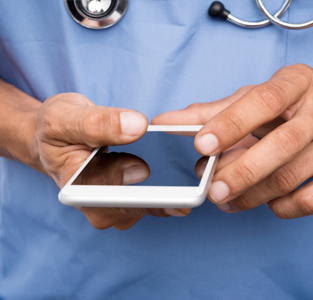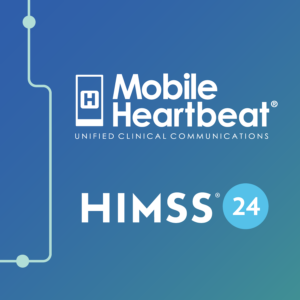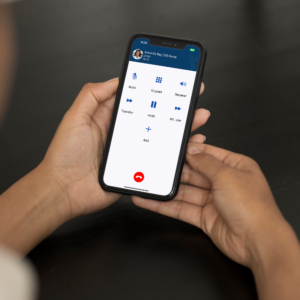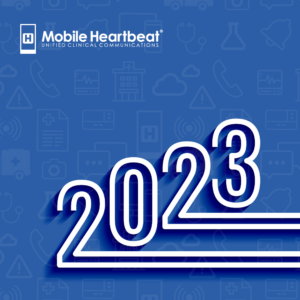It’s hard to believe that healthcare organizations once manually filed paperwork and reached each other using analog communication methods. In a world driven by fast-paced technological advancements, every new gadget brings more potential for changing the way providers advance care. With the technological horizon broadening each day, the infrastructures that support these technologies get more crowded and complex—multiple data sources need to interface with various middleware which in turn sends information to any number of endpoints—and each integration pathway becomes its own precarious puzzle.
It seems like this added technology should be great for the patient, right? Well, not necessarily. When different healthcare technologies don’t interface optimally, it can add more strain for the clinicians, which can in turn negatively affect the patients. So, as healthcare technology gets more and more complex, it’s becoming increasingly important for vendors to work together to facilitate seamless workflows and provide the most value for healthcare organizations.
In theory, this is a simple task, but in practice, it requires significant collaboration from all involved parties to develop a partnership that redefines workflows.
The Alarm Management Trifecta
Mobile Heartbeat is proud to announce such a partnership with GE Healthcare and Ascom—after years of development, we have teamed up to provide an advanced alerting solution that evolves with clinicians’ needs, to be an intuitive and seamless improvement to alarm management workflows.
Mobile Heartbeat is the expert in consolidating information and communication options, in one mobile interface. Feel confident while on the move that you will have the full context and be contacted when needed.
GE is a decades-old leader in patient monitoring and is now a leader in the emerging space of central monitoring units (CMUs), which allow greater surveillance of patients and new communication capabilities when paired with middleware and clinical communication solutions like Ascom Unite and Mobile Heartbeat’s MH-CURE.
Customize Alert Sounds to Reduce Fatigue
Clinicians are often busy with their hands and can’t always reach their phone when it sounds off with a new alert. By customizing different alerts with different sounds, clinicians can use the audible context to instantly recognize whether the alert needs to be checked right away. Custom sounds can also be tailored to mimic existing alarm systems, reducing the learning curve.
Beyond customized alert sounds, healthcare organizations have additional control over which alerts sound and which are silent. By silencing non-urgent alerts, organizations can reduce how frequently a user’s device sounds, lessening alarm fatigue.
Empower Clinicians With Added Context
Timestamped alert updates provide much-needed additional information for care team members. When a clinician comes off of a break or finishes up with a patient, they can quickly scroll through the alerts to see, at a glance, which have already been addressed, which have been unanswered and which need to be escalated. This added context gives instant information that allows the clinician to prioritize their next tasks, and involve any care team members right away.
Additionally, users can view patient waveforms from directly within an alert, to instantly learn more about the patient’s status and better execute the plan of care. When the alert comes in, users can expand to seamlessly launch AirStrip, view the waveform without tapping any additional buttons, then return to the alert screen to coordinate with the care team.
Alert updates and patient context prevent clinicians from redundantly responding to alerts that have already been handled, or otherwise running around gathering info from colleagues about the status of a patient alert. With all of the real-time information in one place, clinicians are empowered to prioritize and take immediate action.
Critical Alert Designation for Emergent Situations
Make full use of our Critical Alert entitlement with Apple—healthcare organizations can use this capability to override the phone’s mute button and Do Not Disturb settings in emergent situations. Similar to an AMBER alert, Critical Alert will still notify users who have their shared or BYO device set to Silent or Do Not Disturb.
This capability is designed for critical situations where clinicians need to be mobilized in an instant, regardless of whether they’re on a break, on-call or at home.
With more alarms to respond to than hours in the day, enterprise healthcare organizations need a sophisticated alerting system that’s customizable and easy to use, and that ensures urgent alerts are delivered to the right person, at the right time. By implementing these advanced capabilities, healthcare organizations can better empower their clinicians by reducing the common causes of burnout and fatigue, and facilitate seamless pathways for advancing care.
To learn more about how your organization can advance your alert and alarm management, reach out to our Clinical Mobility Team.




